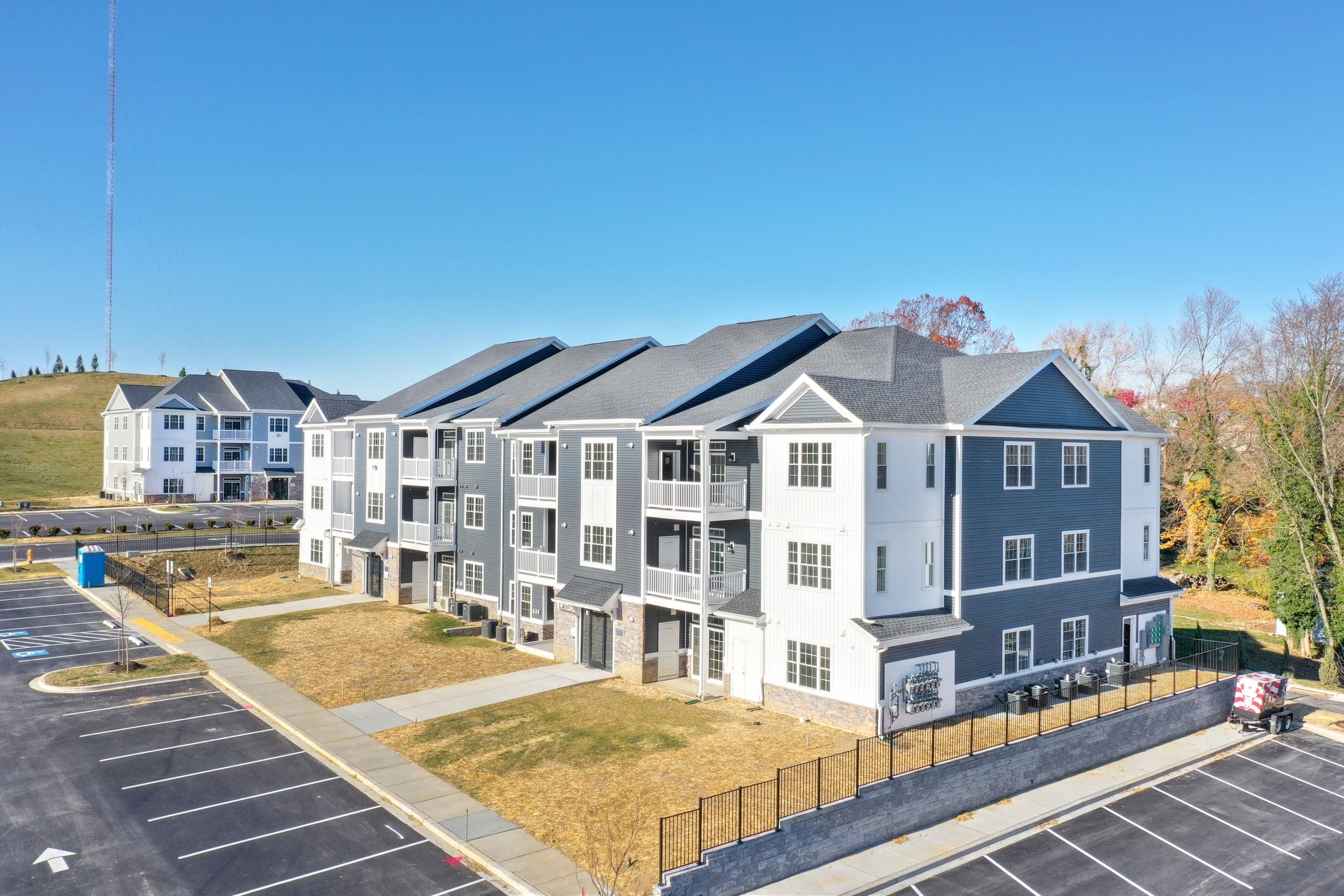So you’ve owned your investment property for a few years, and now you’re thinking about selling. Understandably, you have one question on your mind: How much money will I actually make?
It’s a great question. And it deserves more than a surface-level answer.
When you’re calculating the return on a real estate investment, there are a few key pieces you need to include. Most investors look at their profit and call it a day. But if you want a full picture, it’s worth digging into all the ways your investment has made money over time.
Enter: IRR
The metric most commonly used to assess this kind of return is called IRR, which stands for Internal Rate of Return. It’s designed to capture the total performance of an investment – beyond just the sales price or cash flow.
At a high level, IRR takes into account:
- The cash flow the property generated while you owned it
- The appreciation from when you bought it to when you sold it
- The principal paydown on the loan during the ownership period
You can run the numbers with and without taxes to get both a before-tax and after-tax IRR. And if you’re using a 1031 exchange or otherwise deferring the taxes, that will significantly impact the after-tax result.
What Goes Into the IRR Calculation
Let’s say you’ve owned your property for five years. You’d start by adding up all the cash flow you received during that time. That means rent income minus expenses and debt service.
Next, you’ll calculate how much the property appreciated. Compare what you paid when you bought it to what you’re selling it for.
Then, add in the principal you paid down on your mortgage. Even if you didn’t realize it month-to-month, your loan balance has likely gone down quite a bit. That’s equity you now get to keep or roll into another deal.
Put all those numbers into an Excel worksheet (there are tons of IRR templates available online), and you’ll get a percentage return that gives you a much more complete sense of how your investment performed.
In a solid deal, you might see IRRs in the teens or twenties. In especially strong markets, or well-executed value-add projects, they could go even higher.
Taxes
Of course, no real estate return story is complete without taxes.
If you’re not doing a 1031 exchange or some other kind of tax deferral strategy, you’ll want to calculate your after-tax IRR. That includes accounting for any depreciation recapture, capital gains tax, and income tax you paid on the rental income along the way.
Depreciation is great while you own the property – it helps reduce your taxable income each year – but it does need to be recaptured when you sell. That portion is taxed at a different rate than capital gains, so it’s important to run through the breakdown carefully.
There are plenty of online calculators that can help you estimate your tax liability, or you can work with a CPA who specializes in real estate. Either way, don’t skip this step. Taxes can make a big difference in your net proceeds.
IRR vs. XIRR
If you really want to get detailed, you can take your analysis a step further with something called XIRR. This version of IRR adds in the time value of money, which basically means it adjusts for when those cash flows actually happened.
Because here’s the thing – a dollar you earn today is worth more than a dollar five years from now. That’s true because of inflation, but also because a dollar today can be reinvested and start earning again right away.
Let’s look at an example:
- You bought a property and spent year one making improvements and raising rents.
- For the next four years, you had a strong cash flow.
- When you sold, there was a sizeable appreciation gain.
That’s a front-loaded return profile, and it benefits you in an XIRR calculation.
Now compare that to buying a fully-leased property where you hold for five years with steady, but flat, cash flow. Then, just before selling, a long-term tenant moves out, and you replace them with a national tenant like Starbucks. That change boosts your value right before the sale, but most of your return came in year five.
Same overall return? Maybe. But XIRR would show you the difference in how that return played out over time.
It’s not a must-use metric for everyone, but if you’re analyzing multiple deals or trying to understand timing impact, it’s worth considering.
Final Thoughts
When you’re thinking about selling your rentals, don’t just ask how much profit you’ll make – ask how the investment performed as a whole. Look at the cash flow, appreciation, loan paydown, and tax effects to get a clear picture. If you want help running the numbers, we’re happy to walk through it with you.





